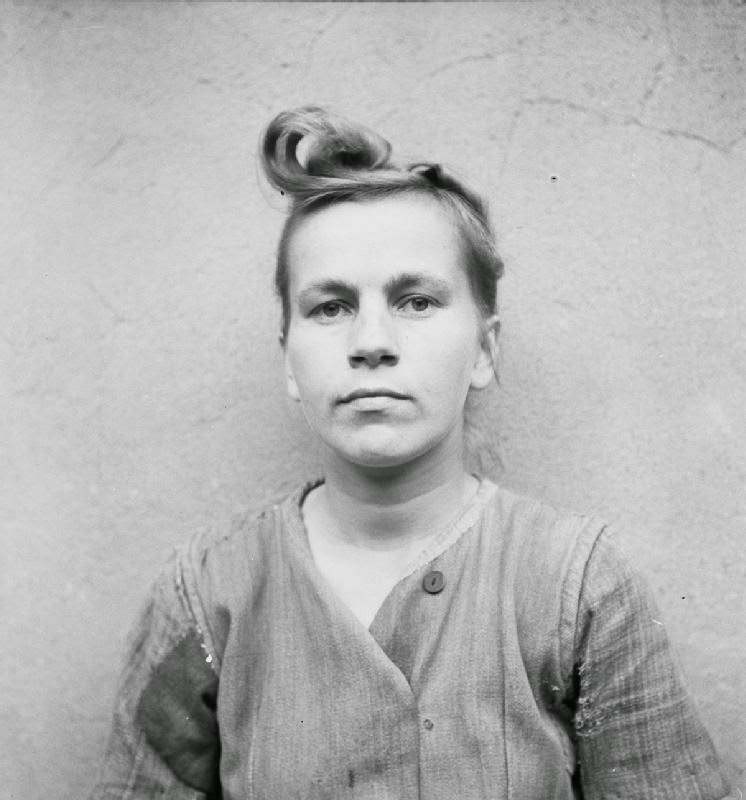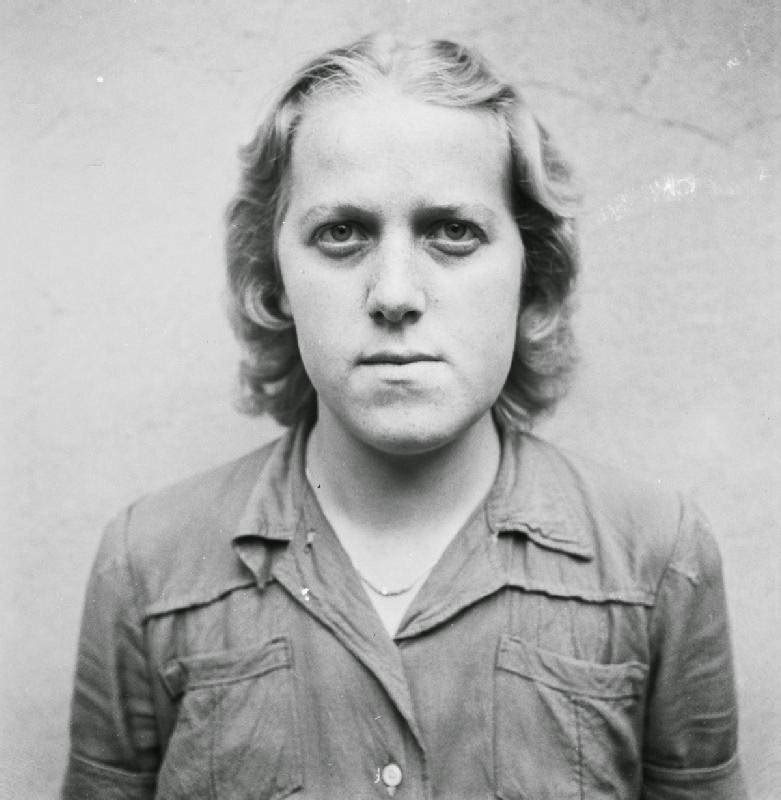The annals of human history are riddled with tales that leave us recoiling in disbelief. The Holocaust, carried out by Nazi Germany during World War II, certainly tops this list. It was a time when humanity stood on the brink of annihilation, a horrifying period of history that’s difficult to imagine, let alone comprehend. Central to this dark narrative were the concentration camps, death factories run by the Nazis with chilling precision. And while the male guards and commandants of these camps are typically the face of this horror, there were also women in these roles—about 3,700 of them out of the 55,000 guards who served.
As we navigate through this period of history, today we delve into a set of photographs—a series of mugshots of the female guards from Nazi concentration camps, taken while they were awaiting trial in 1945. These black and white portraits were captured following the liberation of Bergen-Belsen, a notorious Nazi concentration camp, while the guards were detained at Celle.
The Arrival of the Aufseherinnen
In 1942, the first contingent of female guards, known as the Aufseherinnen, arrived at the Auschwitz and Majdanek camps from Ravensbrück. Interestingly, the recruitment of women guards was not part of the original plan. However, in 1943, faced with a severe shortage of male guards due to the escalating war, the Nazis began conscripting women.
Many of these women were young and unmarried, coming from lower to middle-class backgrounds. Some sought the work for financial security, while others were captivated by the idea of serving their Fatherland. Regardless of their motivations, they were all eventually tasked with the same job—overseeing the systematic extermination of millions of innocent lives.
The Women in the Shadows of Horror
As we gaze into the mugshots, each face presents a unique yet uniformly chilling story. Their expressions are haunting—cold, blank, and devoid of remorse. Some look defiant, others vacant, but all seem to share a chilling detachment from the horrors they had just perpetrated.
One such mugshot is of Irma Grese. Known as the ‘Hyena of Auschwitz,’ Grese was one of the most notorious female Nazi guards. Even at a tender age of 22, she displayed a level of cruelty that surpassed many of her male counterparts. Her mugshot showcases a beautiful young woman, her face an eerie juxtaposition to the monstrous acts she committed.
Another notable face is that of Herta Bothe, who stood tall at nearly six feet and was known for her brutal, physical force. In her mugshot, you see a woman who might once have been considered ‘ordinary.’ Yet, behind the plain features and impassive expression, lay a heart hardened by hate and indifference.
These mugshots serve as a grim testament to the ability of ordinary people to commit extraordinary acts of evil. They provide a stark contrast to the conventional image of women as nurturing caregivers. Instead, they offer a chilling reminder of how ideology, manipulation, and dehumanization can twist the human psyche to unthinkable levels of brutality.
From Mugshots to the Courtroom
Following the liberation of Bergen-Belsen and the capture of these women, they were held at Celle, where they awaited trial. The subsequent proceedings known as the Belsen Trials were among the first instances where female concentration camp guards were held accountable for their actions.
Many of these women were found guilty of war crimes and crimes against humanity. Some, like Irma Grese and Elisabeth Volkenrath, were sentenced to death. Others received prison terms, varying from one year to life.















